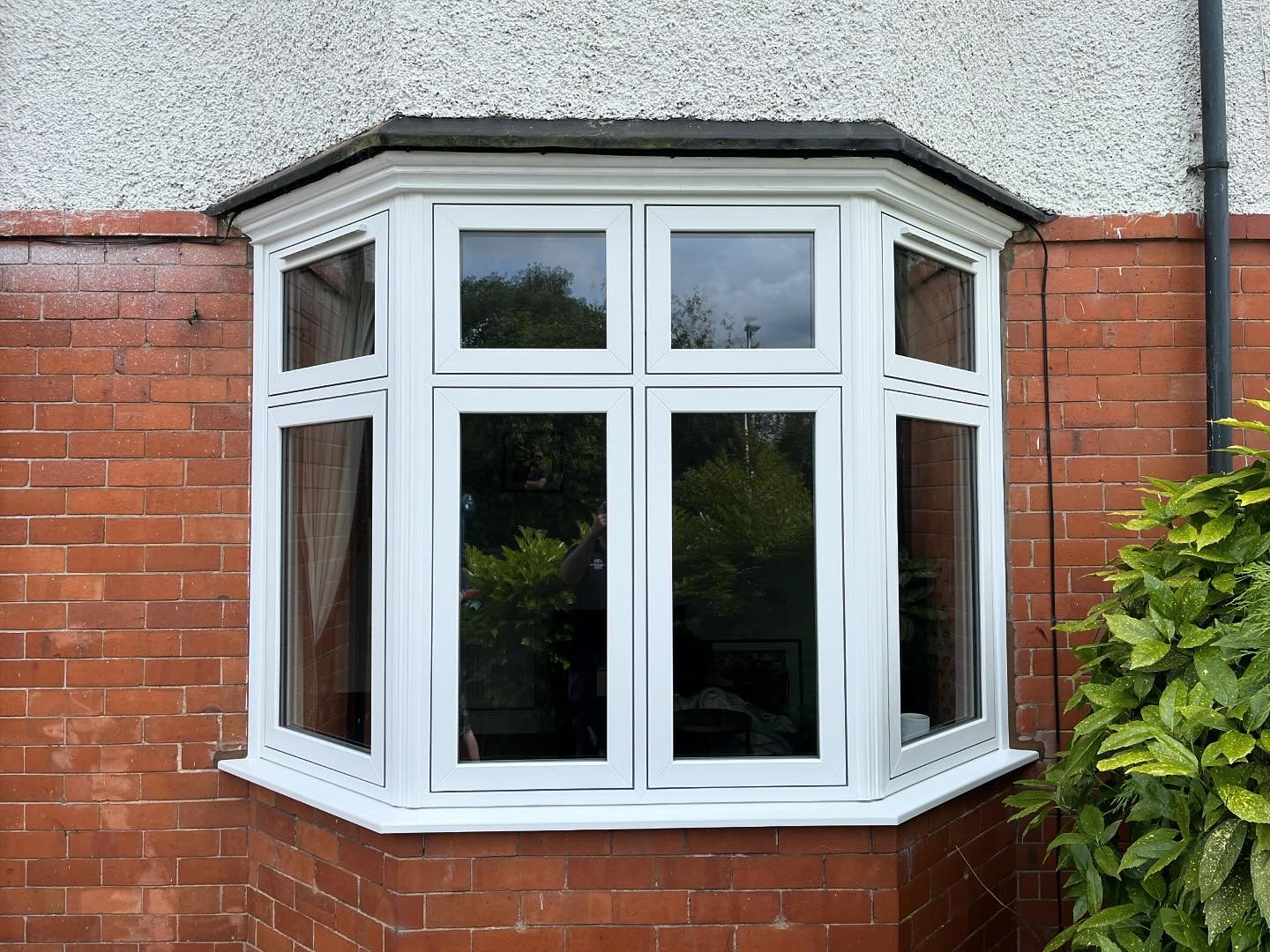Double glazing refers to the use of two panes of glass sealed together to create an insulating barrier of air or gas between them. This design significantly improves thermal efficiency, sound insulation, and overall comfort in residential and commercial buildings. In this report, we will explore the benefits of double glazing, the different types available, and the installation process.

Benefits of Double Glazing
- Energy Efficiency: One of the primary advantages of double glazing is its ability to reduce heat loss. The insulating layer of air or gas between the two panes acts as a barrier, preventing warm air from escaping during winter and keeping interiors cooler in summer. This leads to lower energy bills and a reduced carbon footprint.
- Noise Reduction: Double glazing also provides excellent sound insulation. The two panes of glass, combined with the air or gas layer, help to minimize external noise. This is particularly beneficial for homes located in busy urban areas or near airports, where noise pollution can be a significant issue.
- Enhanced Security: Double-glazed windows are more difficult to break than single-pane windows, providing an additional layer of security for homes. The two layers of glass make it harder for intruders to gain access, thereby enhancing the safety of the property.
- UV Protection: The special coatings that can be applied to double-glazed windows can help block harmful ultraviolet (UV) rays from the sun. This protects furniture, carpets, and artwork from fading over time, preserving the interior aesthetics of a home.
- Condensation Reduction: Double glazing can help to reduce condensation on windows. When warm air from inside a building meets the cold surface of a single-pane window, condensation forms. With double glazing, the inner pane remains warmer, reducing the likelihood of moisture build-up.
Types of Double Glazing
Double glazing comes in various styles and configurations, each suited to different needs and preferences:

- Standard Double Glazing: This is the most common type, consisting of two panes of glass with a spacer bar that creates a sealed unit. The space between the panes is typically filled with air, although argon gas is often used for better insulation.
- Low-E Double Glazing: Low-emissivity (Low-E) glass has a special coating that reflects heat back into the room while allowing light to pass through. This type of glazing is particularly effective in maintaining indoor temperatures and reducing energy costs.
- Triple Glazing: While not strictly double glazing, triple glazing features three panes of glass and two insulating spaces. This option offers even greater thermal efficiency and sound insulation, making it ideal for extremely cold climates or noisy environments.
- Acoustic Double Glazing: Designed specifically for noise reduction, acoustic double glazing incorporates thicker glass or a special interlayer that dampens sound waves. This type is beneficial for homes in high-noise areas.
- Self-Cleaning Double Glazing: This innovative option features a special coating that breaks down dirt and grime when exposed to sunlight, allowing rainwater to wash away the residue. It reduces the need for frequent cleaning, making it a convenient choice for homeowners.
Installation Process
Installing double glazing involves several steps, and it is crucial to hire a qualified professional to ensure the job is done correctly. Here is an overview of the typical installation process:
- Assessment and Measurement: A professional installer will assess the property and take precise measurements of existing windows. This ensures that the new double-glazed units fit perfectly.
- Selection of Glass: Homeowners can choose from various types of glass and coatings based on their specific needs, such as energy efficiency, noise reduction, or UV protection.
- Removal of Existing Windows: The installer will carefully remove the old windows, taking care not to damage the surrounding structures. This step is crucial for ensuring a proper fit for the new double-glazed units.
- Preparation of the Opening: The window opening will be cleaned and prepared for the installation of the new units. This may involve repairing any damage to the frame or surrounding areas.
- Installation of Double-Glazed Units: The new double-glazed windows are fitted into the prepared openings. The installer will ensure that they are level and secure, using appropriate sealing materials to prevent air and water leaks.
- Finishing Touches: After installation, any necessary finishing touches, such as trim or caulking, will be applied to ensure a polished look. The installer will also clean the glass and surrounding areas.
- Post-Installation Inspection: Finally, the installer will conduct a thorough inspection to ensure that the windows are functioning correctly and that there are no issues with seals or installation.
Conclusion
Double glazing is an effective solution for enhancing the energy efficiency, comfort, and security of residential and commercial properties. With various types available, homeowners can select the option that best meets their needs. While the installation process requires professional expertise, the long-term benefits of double glazing, including reduced energy costs, improved sound insulation, and increased property value, make it a worthwhile investment. As energy efficiency becomes increasingly important in today's world, Double Glazing Installation glazing stands out as a practical choice for modern living.








